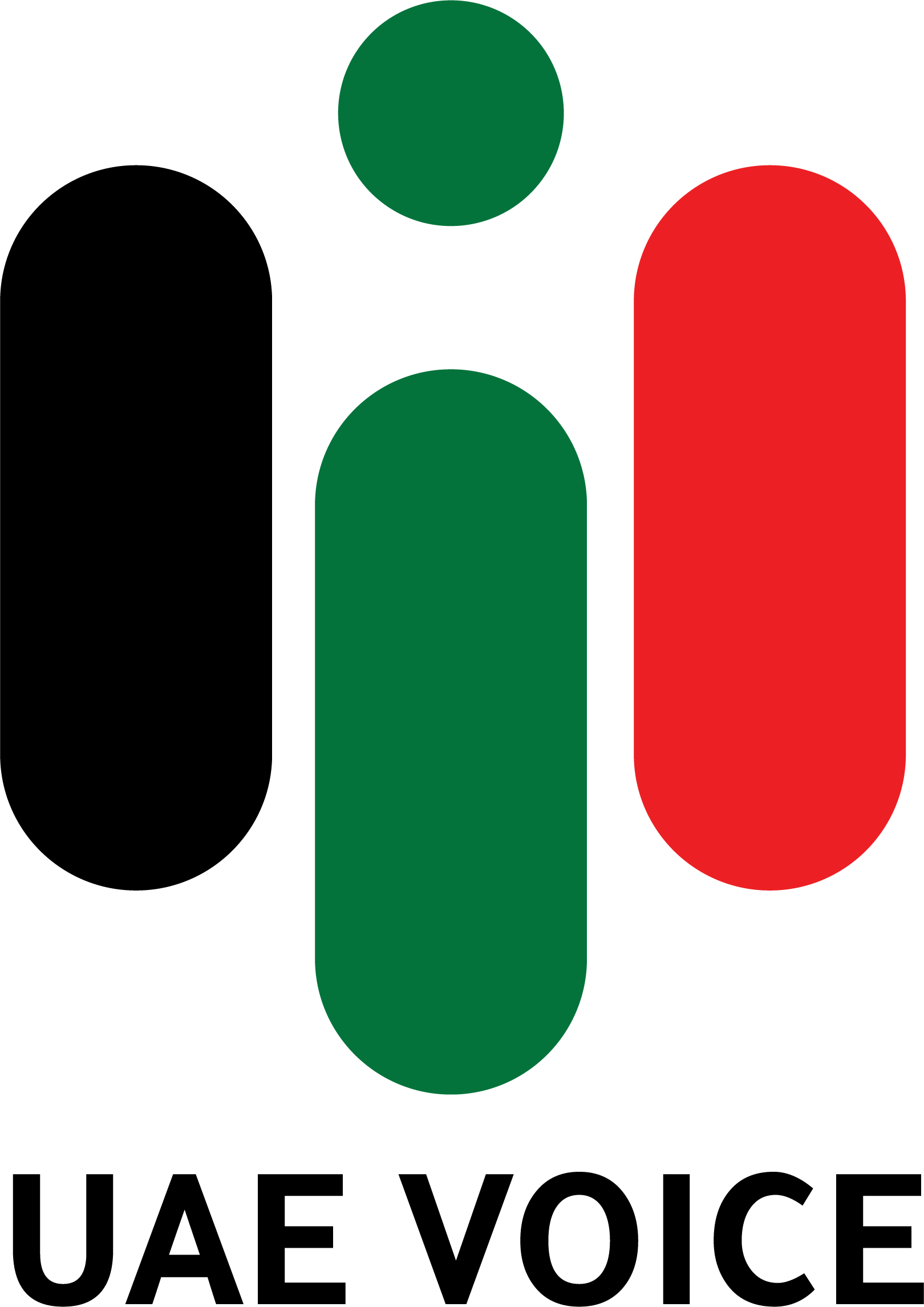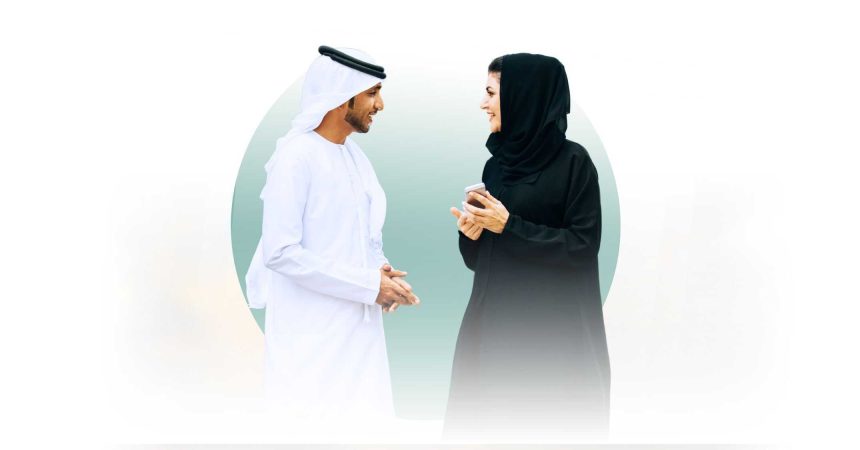The UAE traditional clothes reflect the country’s cultural heritage, climate, and religious practices.
Those garments have evolved over time, from their roots in Bedouin desert life to their current role in modern society.
Despite changes, UAE men and women still proudly wear traditional clothes.
They do often blend UAE traditional clothes with contemporary fashion.
While maintaining a deep connection to their cultural identity.
UAE Men Traditional Clothes:
Most Emirati men still wear the UAE traditional clothes daily.
Although younger generations sometimes opt for more casual versions or even modern caps in informal settings.
Let’s take a look into the Emirati man clothes:
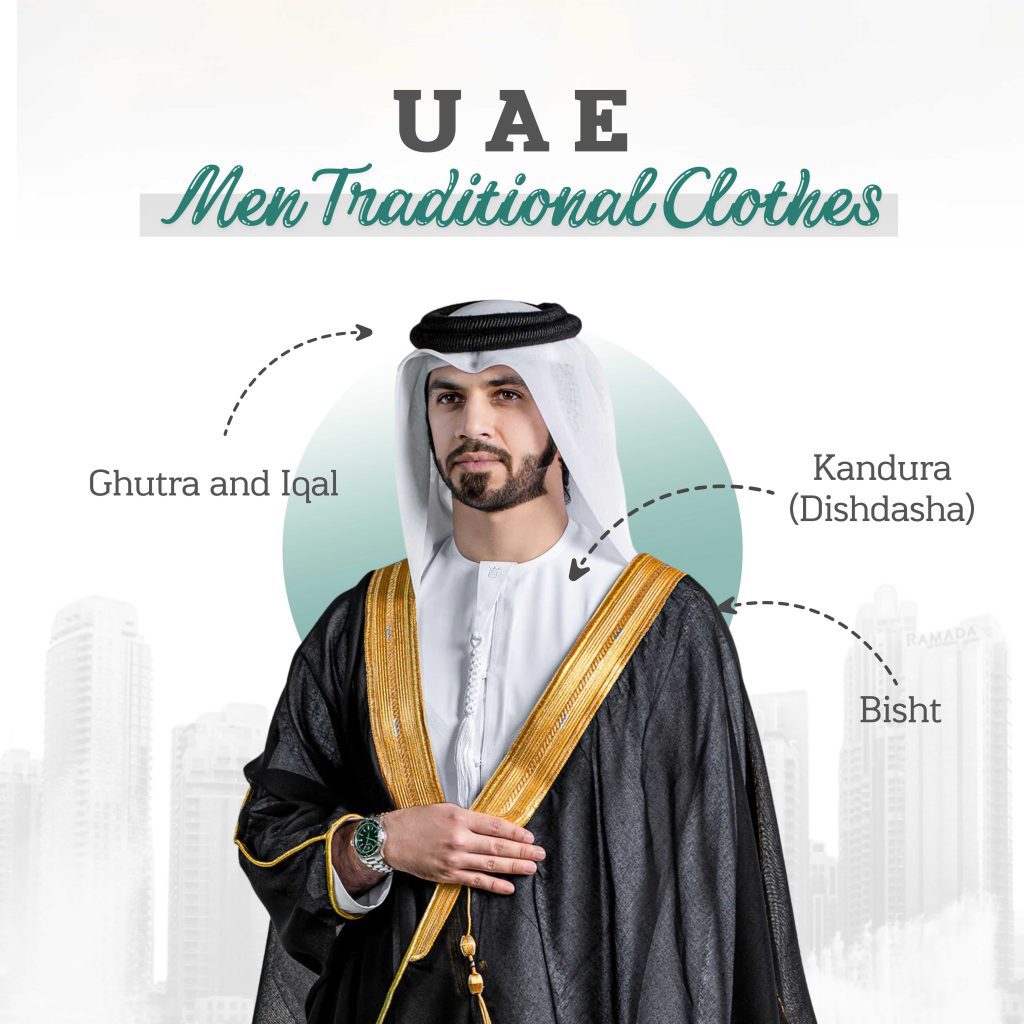
Dishdasha/Kandura:
Description:
Kandura (also known as dishdasha) is a long, loose-fitting robe worn by Emirati men.
It is typically ankle-length and made from light, breathable fabrics like cotton.
Kandura is also perfect for the UAE’s hot climate.
Traditionally, kandura is white, though shades like beige, brown, and grey are often worn in cooler months.
The garment is simple, reflecting modesty and practicality.
History:
Kandura originated as practical clothing for Bedouins living in the harsh desert climate.
It provides coverage and keep the body cool.
The fabric and cut were simpler, and local styles variations emerged in the Gulf region.
The fabric quality improved over the years, but the essential form and design have not changed.
The biggest change has been in the quality of materials used.
Today, synthetic fabrics are sometimes used to enhance comfort and durability.
While tailors offer customized kanduras to meet personal tastes.
White remains the most common color of kandura, symbolizing purity and cleanliness.
Even darker hues are worn in winter or on more formal occasions.
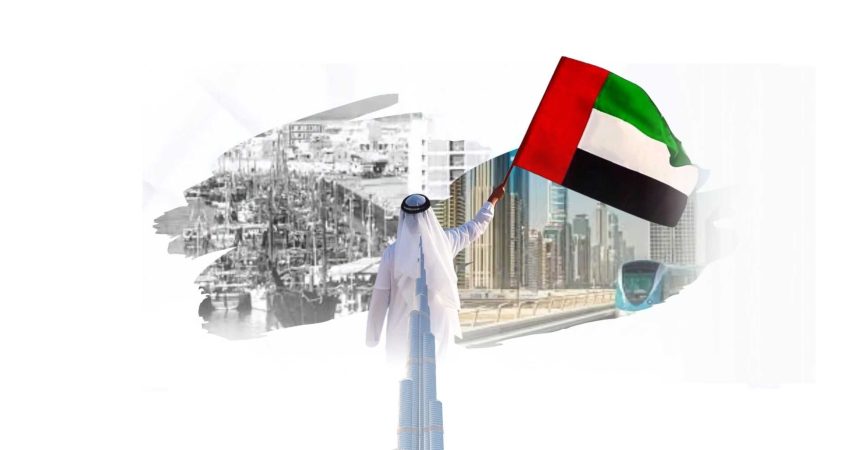
Ghutrah/Shemagh:
Description:
Ghutrah is a headscarf worn by Emirati men, made from cotton and draped over the head.
It is often fixed on head with a black cord called an agal.
Ghutrah is typically white, but some men wear a red-and-white-checkered version, called the shemagh.
History:
Ghutrah provided protection from the sun and sand, essential for Bedouin tribesmen.
The checked patterns and colors were also influenced by the region’s trading history.
Particularly with neighboring Arab countries.
Ghutrah hasn’t changed in form and function.
Men are wearing it as a symbol of national identity rather than out of necessity.
For daily activities, official functions, and important ceremonies.
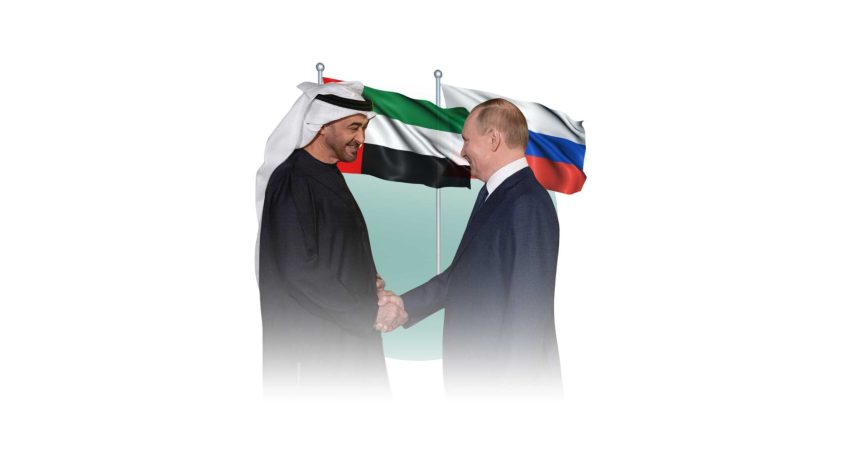
Bisht:
Description:
Bisht is a traditional cloak.
Emirati men wear it over the kandura on formal occasions.
Such as weddings or religious celebrations.
It is made of fine, sheer fabric like wool or camel hair.
And it often has gold or silver embroidery along the edges.
History:
Bisht was a status symbol, worn by tribal leaders, elders, and wealthy merchants.
It signified prestige and authority, as only those of a certain rank or importance wore it.
Today it is mostly for formal events, such as:
Government ceremonies, weddings, or religious holidays like Eid.
Primarily, prominent figures are wearing the bisht, such like government officials, religious leaders, or grooms at weddings.
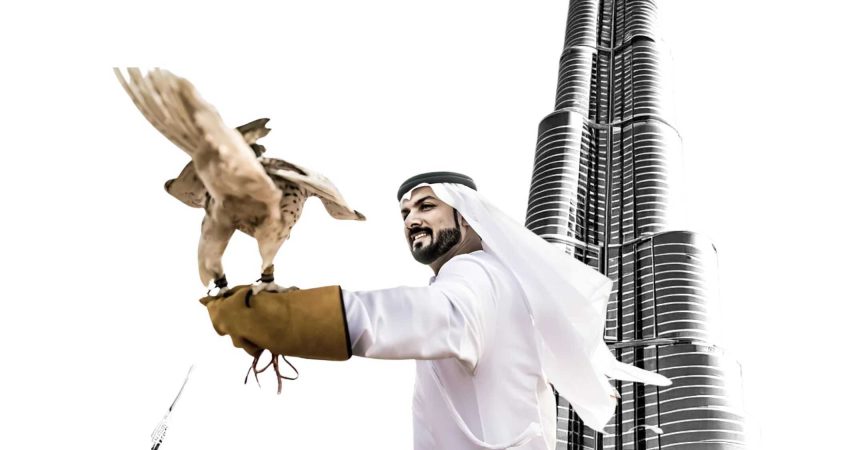
UAE Women Traditional Clothes:
Emirati women of all ages wear the UAE traditional clothes.
They wear them daily especially in public spaces.
Though some younger women have started to wear more colorful versions.
Let’s see what do Emirati women wear:
Abaya:
Description:
Abaya is a long, flowing black robe that Emirati women wear over their regular clothing.
It covers the body modestly, to keep up with the Islamic customs of modesty.
Over the centuries, Abaya has been a symbol of modesty in the Gulf region.
It was a simple, loose garment.
Made from black fabric to protect women from the harsh sun and to adhere to cultural and religious values.
In modern times, Abaya has evolved significantly in style and design.
Abaya kept its black color, but many abayas now has intricate embroidery, beadwork, and lace.
With designs that range from traditional to more contemporary.
Some women choose more tailored cuts to reflect their personal style, while still maintaining modesty.
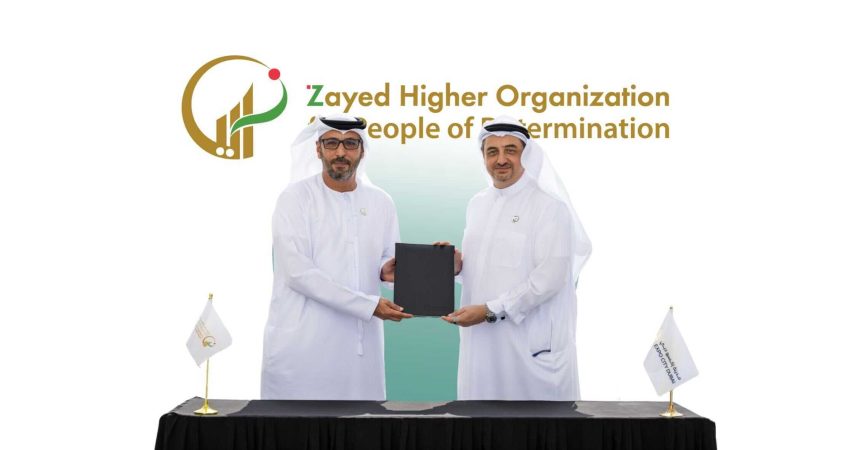
Shayla:
Description:
Shayla is a long, rectangular scarf worn by Emirati women to cover their hair.
Usually made from light materials like silk or chiffon, draped loosely over the head and shoulders.
History:
Shayla has been a traditional head covering for women in the region for centuries.
Ensuring both modesty and protection from the desert elements.
Today, Shayla is available in a wide variety of fabrics, patterns, and colors.
Many women still prefer plain black or neutral colors to match their Abaya.
While others have begun to wear more vibrant designs that reflect their personal taste.
Expressing their individuality while adhering to cultural expectations.
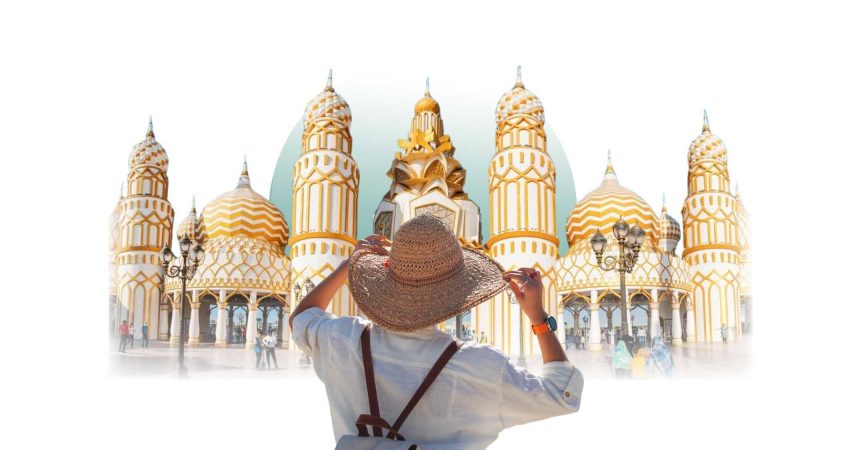
Niqab/Burqa:
Description:
Niqab is a face-covering veil worn by some Emirati women, leaving only the eyes visible.
Burqa in the UAE is not the same full-body garment that women in other countries wearing.
It is a small piece of fabric, looks like it made from metal, covering the nose, forehead, and part of the face.
Traditionally worn by older generations of women.
History:
Bedouin women were wearing burqa for centuries as a sign of modesty.
Also to protect the skin from the desert sun and it served as a symbol of maturity and status.
Today, burqa is not used among younger generations, though some older women still wear it.
But niqab remains popular among women who choose to cover their faces for religious or personal reasons.
Though it is not as common as in the past.
Evolution of UAE Traditional Clothes:
The UAE labour market continues to lead global labour markets in terms of the most prominent international competitiveness indicators for the year 2024, which monitor the extent of progress and development in various aspects of the labour system. pic.twitter.com/1zDTarES4A
— UAE Voice (@uae_voiceeng) October 23, 2024
In the Past Emirati clothing was born out of necessity, designed to provide protection from the desert’s harsh conditions.
Simplicity, functionality, and modesty were the key features.
Traditional attire was primarily handwoven from locally available materials.
Today, it still deeply connected to Emirati heritage, even Emiratis have access to high-quality fabrics and contemporary designs.
Globalization and fashion trends have influenced the way of wearing traditional garments.
Now they are more adaptable to modern lifestyles while preserving their cultural significance.
Emiratis still wear traditional attire in their daily lives.
Particularly during formal or national celebrations, and use it as a symbol of cultural pride.
